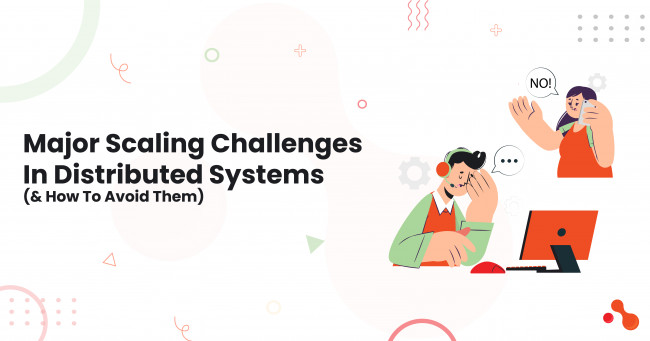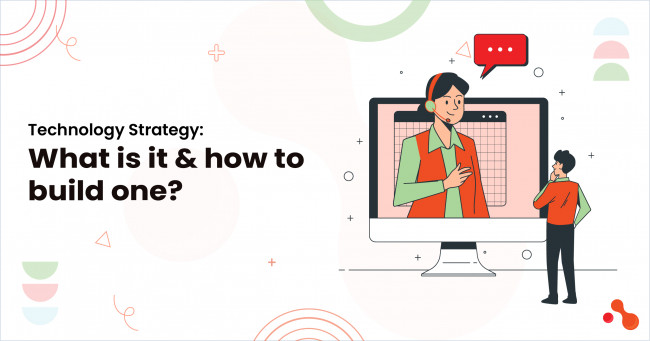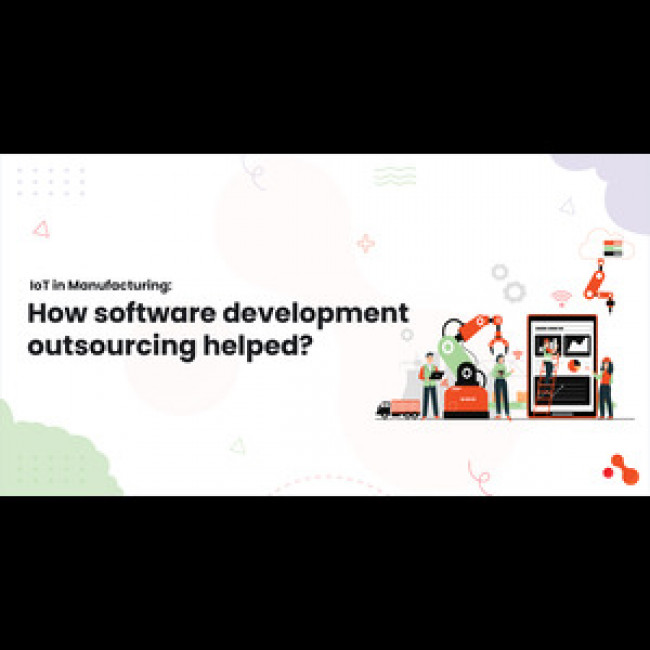Introduction
Investing in technology, particularly software development, is an endeavor that carries inherent risks. These risks can stem from various sources and can impact the investment in multiple ways.
Investing in technology is crucial for software projects, but it also comes with inherent risks. Software creation is essential for every business considering it is the digital; however it involves several risks as well.
One of the most common risks is budget overrun, where you end up spending more than anticipated. There are several other risks as well, one of them being the technology investment risk. This article provides more information on the truth behind mitigating technology investment risks.
What Is Technology Investment Risk?
Technology investment risk refers to the potential for loss of investment due to various factors that can affect the technology industry. It encompasses multiple factors that can impact the success, effectiveness, and return on investment (ROI) of technology initiatives.
One of the primary risks is market volatility. The technology sector is known for its rapid pace of innovation and change, which can lead to unpredictable market movements. Companies that were once industry leaders can quickly become obsolete if they fail to adapt to new technologies or market demands.
Here are some of the technology investment risks:
- Uncertain ROI
- Implementation Challenges
- Vendor Reliability
- Security and Compliance Risks
- Scalability and Flexibility
- Skills Gap
- Market Dynamics
Real-world Example:
A good example of this is the FBI's Virtual Case File system, which was abandoned after years of development and an investment of over $100 million due to inadequate planning and project management. Poor project planning and management is another risk that can lead to disastrous outcomes.
Common Software Development Risks
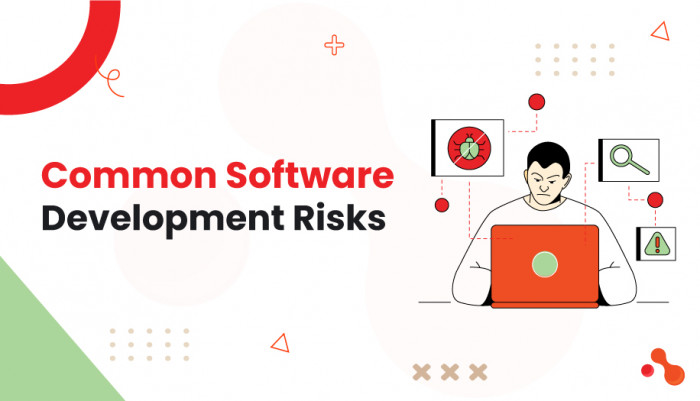
Businesses face several challenges while developing next-generation solutions. It pays to seek help from the professionals in most cases. Software development projects are inherently complex, and various risks can arise throughout the development lifecycle.
Here are some common risks:
- Poor quality code
- Tight deadlines
- Failure to understand the requirements
- Productivity issues
- Budget overruns
- Poor risk management
- Scope creep
- Resource constraints
- Communication issues
- Quality assurance challenges
- Security vulnerabilities
- External risks
- Technology investment risk
Organizations should implement robust project management practices. This includes thorough risk assessments, proactive risk management strategies, effective communication and stakeholder engagement. It also includes continuous monitoring and adaptation of project plans based on changing circumstances.
Additionally, leveraging agile methodologies, iterative development approaches, and automated testing tools can enhance flexibility. This can also increase the responsiveness and risk mitigation capabilities in software development projects.
A fitting quote:
Considering the current sad state of our computer programs, software development is clearly still a black art, and cannot yet be called an engineering discipline. - William J. Clinton
Importance of Dealing With Technology Investment Risks
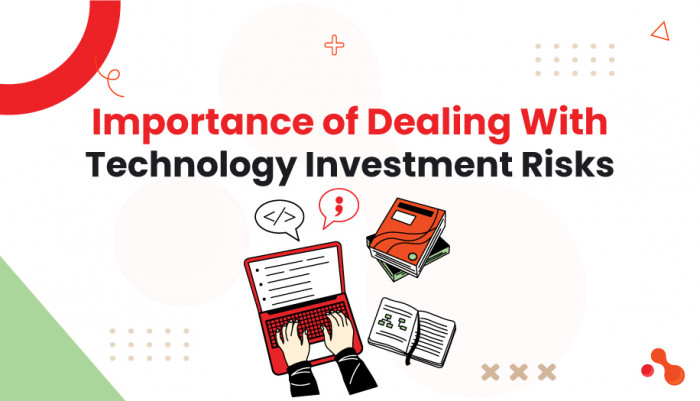
- The constant evolution of technology, products, and services can become outdated rapidly, leading to reduced demand and revenue for companies that have invested heavily in them.
- Changes in regulations can have significant implications for technology investments.
- Poor management, inadequate resources, or operational failures can all lead to investment losses.
- Protecting intellectual property is crucial. However, patent disputes and litigation can be costly and time-consuming, potentially eroding investment value.
- Changes in market demand, competitive dynamics, and industry trends can introduce uncertainty into technology investments.
- Shifts in consumer preferences, emerging technologies, and disruptive innovations can impact the adoption and viability of technology solutions.
- Rapid advancements in technology can lead to obsolescence, rendering existing technologies outdated or less competitive.
- Investing in technologies that become obsolete quickly can result in sunk costs, inefficiencies, and the need for costly upgrades or replacements.
- Integrating new technologies with existing systems, processes, and infrastructure can present challenges such as compatibility issues, data migration complexities, and interoperability constraints.
- Poorly managed integrations can disrupt operations, increase costs, and delay project timelines.
- Investing in technology solutions without adequate security measures can expose organizations to cybersecurity threats, data breaches, and privacy violations.
- Failure to address security and compliance requirements can lead to regulatory fines, legal liabilities, and reputational damage.
- Implementing new technologies can disrupt operations, workflows, and employee productivity if not carefully managed.
- Operational risks include downtime, performance issues, user resistance, and disruptions to business processes, which can impact organizational efficiency and effectiveness.
- Technology investments often involve upfront costs for acquisition, implementation, customization, and ongoing maintenance.
- Poor cost estimation, budget overruns, and unforeseen expenses can strain financial resources. They also tend to limit investment flexibility, and undermine the overall ROI of technology initiatives.
- Adopting new technologies may require specialized skills and expertise that are not readily available within the organization.
Tips To Mitigate Risks
To mitigate technology investment risks, organizations should conduct comprehensive risk assessments and develop robust risk management strategies. Some of the other strategies include leveraging technologies such as predictive analytics, artificial intelligence, and blockchain to enhance decision-making.
Additionally, organizations should prioritize ongoing monitoring, evaluation, and adaptation of technology investments. This is necessary to ensure alignment with business goals and mitigate emerging risks effectively.
Here are some tips to mitigate technology investment risks:
Thorough Risk Assessment:
Conduct a comprehensive assessment of the risk to identify potential risks associated with technology investments. Evaluate factors such as technical complexity, market volatility, vendor reliability, and security considerations to anticipate and mitigate risks effectively.
Cost-Benefit Analysis:
Perform a cost-benefit analysis to evaluate the potential returns and benefits of technology investments against the associated risks and costs. Assess factors such as ROI, payback period, and total cost of ownership (TCO) to make informed investment decisions.
Pilot Projects:
Consider conducting pilot projects or proof-of-concept initiatives to validate the feasibility, functionality, and performance of new technologies before full-scale implementation. Pilot projects allow organizations to mitigate risks, gather feedback, and refine strategies before committing significant resources.
Vendor Evaluation:
Thoroughly evaluate technology vendors and solution providers to assess their reliability, expertise, financial stability, and track record. Request references, conduct due diligence, and negotiate favorable terms and conditions to minimize vendor-related risks.
Scalability Considerations and Flexibility:
Prioritize technologies that offer scalability and flexibility to accommodate future growth and changing business requirements. Choose modular, extensible solutions that can adapt to evolving needs without significant disruptions or additional investments.
Security and Compliance:
Address security and compliance considerations throughout the technology investment lifecycle. Implement robust security measures, such as encryption, access controls, and threat detection, to protect data and systems from cyber threats. Ensure compliance with regulatory requirements, industry standards, and data privacy laws to mitigate legal and reputational risks.
Change Management:
Implement effective change management processes to facilitate smooth transitions and adoption of new technologies. Communicate openly with stakeholders, provide training and support, and address resistance to change to minimize disruptions and maximize user acceptance.
Continuous Monitoring and Evaluation:
Establish mechanisms for continuous monitoring, evaluation, and performance tracking of technology investments. Monitor key performance indicators (KPIs), metrics, and benchmarks to assess progress, identify emerging risks, and make timely adjustments as needed.
Conduct Thorough Market Research:
Understand the market demands and the latest trends in technology to ensure that your investment is timely and relevant.
Evaluate the Technology's Longevity:
Invest in technology that has a future and will not become obsolete quickly.
Assess Compatibility:
Ensure that the new technology is compatible with your existing systems to avoid additional costs for integration.
Calculate Return on Investment (ROI):
Analyze the potential financial return compared to the investment cost to determine if it's a viable financial decision.
Start Small:
Implement the technology on a small scale before fully committing to it. This allows you to test its effectiveness and make adjustments as needed. Consider developing an MVP.
Train Your Team:
Ensure that your team is adequately trained to use the new technology to its full potential.
Have a Risk Management Plan:
A risk management plan will help you prepare for any potential setbacks.
Stay Agile:
Be willing to adapt and change your technology strategy as needed based on performance and market changes.
By following these tips, organizations can effectively mitigate technology investment risks in software development projects, enhance project success, and achieve desired business outcomes.
Acquaint Softtech To The Rescue
Hire remote developers to mitigate the risks. This is a good way to gain vital advice for your project. Navigating your project clear of the innumerable risks is no easy task. However, the same is not true for professionals with extensive experience like Acquaint Softtech.
We are a well-established software development outsourcing company in India. You can trust us with your project; we have already delivered over 5000 projects without any issues globally.
Besides this, we are the experts when it comes to eliminating technology investment risks. The first step is to analyze technology risk. Take advantage of advanced tools for this purpose and prioritize this effort.
Do not mistake this to be a one-time task; risk analysis is an ongoing effort to guard against risks like cost overruns. Create a robust risk management strategy to address all the risks that were identified. This process doesn't stop here, implementing the plan in the right manner is equally important.
Conclusion
Mitigating technology investment risks, particularly in the context of software projects, is crucial for ensuring successful outcomes and maximizing returns. This process involves understanding potential risks, implementing strategies to manage them, and staying informed about emerging technologies and market trends.
By implementing the right strategies, organizations can navigate the complexities of technology investments in software projects, minimize risks, and position themselves for success in the ever-evolving digital landscape.

